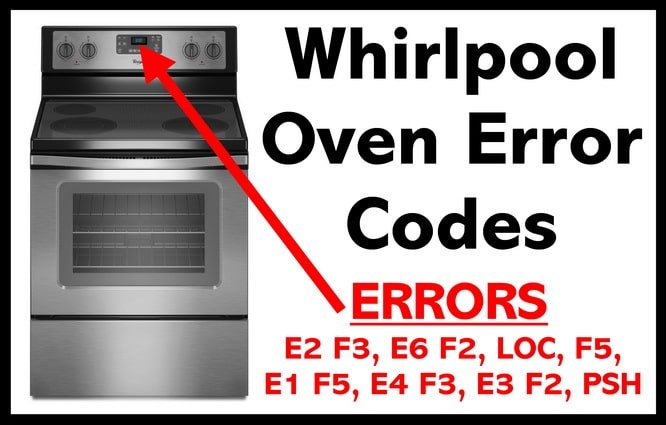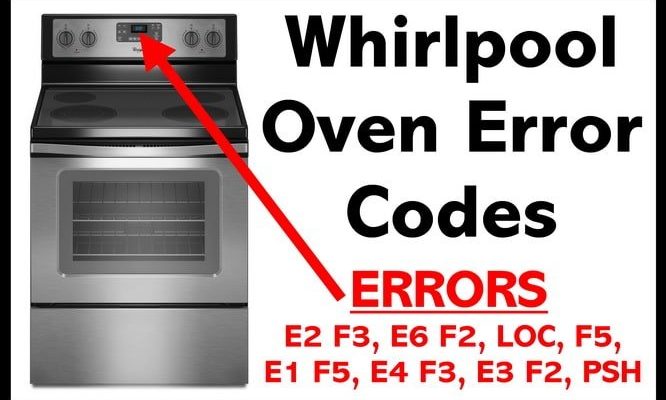
Imagine your oven as a car dashboard. When the engine light comes on, it’s a cue that something might need checking. Similarly, the “OE” error code is your oven’s way of letting you know that there’s a problem potentially related to the oven’s heating elements or control board. You might be wondering, “Why now?” or “What’s causing this sudden error?” It’s normal and quite fixable with a bit of know-how.
What Causes the OE Error Code?
So, what’s causing your oven to throw up this “OE” error code? Think of it as your oven’s way of telling you, “Hey, I might have something up with my internals.” Typically, this error arises because your oven’s interior isn’t heating up as expected. The primary culprits could be issues with the oven’s heating element or the temperature sensor.
First, imagine you’re trying to bake a cake, and no matter how long you leave it in, it just won’t rise. This might happen if the heating element, akin to a light bulb filament, has burned out or deteriorated over time. Without a functioning heating element, your oven simply can’t get hot enough to perform any of its core tasks.
Alternatively, the temperature sensor could be at fault. Think of it as the thermometer inside your oven, ensuring everything is at the right temperature. If it starts malfunctioning, your oven might think it’s hotter or cooler than it actually is, leading to the error code. This is like wearing a broken watch—you’re never sure what time it is, and in this case, your oven doesn’t know what temperature it’s really at.
Lastly, the control board—the brain behind all your oven’s operations—might not be sending the right signals to the heating elements. If you’ve ever had a remote that won’t change the channel, you’ve got a comparison: the signals aren’t getting through. If this is the culprit, the control board might need repair or replacement.
How to Fix the OE Error Code
Now, let’s explore what you can do about this pesky error code. The great news is you don’t always need to be a seasoned tech guru to troubleshoot some basics. Here’s the first thing: make sure the oven is off and unplugged. Safety first, always.
Start by checking the heating elements. Open the oven and look inside to see if there’s any visible damage or disconnection. Picture a broken wire or burnt-out light bulb; if things look out of the ordinary, you may have found your issue. If you’re comfortable, gently remove and inspect the elements for any visible signs of wear like dark spots or breaks.
Next, let’s focus on the temperature sensor. This part is usually a thin metal rod, located near the back wall of the oven. If it looks loose or bent, consider adjusting it or replacing it entirely. It’s like making sure a stereo speaker wire is connected properly—without that, the system can’t perform.
Still no luck? It’s time to consider the control board. This is a bit like the motherboard of your computer. If you’ve tried the previous steps and nothing works, it could be the control board that needs attention. Consulting with a professional at this point might be the best course of action, especially if you’re not familiar with handling electrical components.
Preventing Future OE Error Codes
The best way to deal with error codes is to prevent them from occurring in the first place. Regular maintenance can help keep your oven in tip-top shape, reducing the chance of seeing that dreaded “OE” message again. Just like you wouldn’t drive a car indefinitely without an oil change, your oven benefits from routine checks as well.
Keep an eye (and a nose) out for any unusual signs. If your oven isn’t heating properly or you notice a strange smell, don’t wait for it to escalate into a full-blown error. Regularly cleaning the interior can also help—think of this like brushing your teeth to prevent cavities. Build-up can cause issues over time.
Additionally, if your oven is still under warranty, take advantage of that for annual checks or service. Routine inspections by professionals can catch potential issues before they turn into problems. It’s like having a regular doctor’s check-up to maintain good health.
In conclusion, while seeing an “OE” error code can be frustrating, understanding its cause and how to address it can bring you peace of mind. With a little care and attention, your Whirlpool oven will continue to serve up delicious meals without a hitch.
